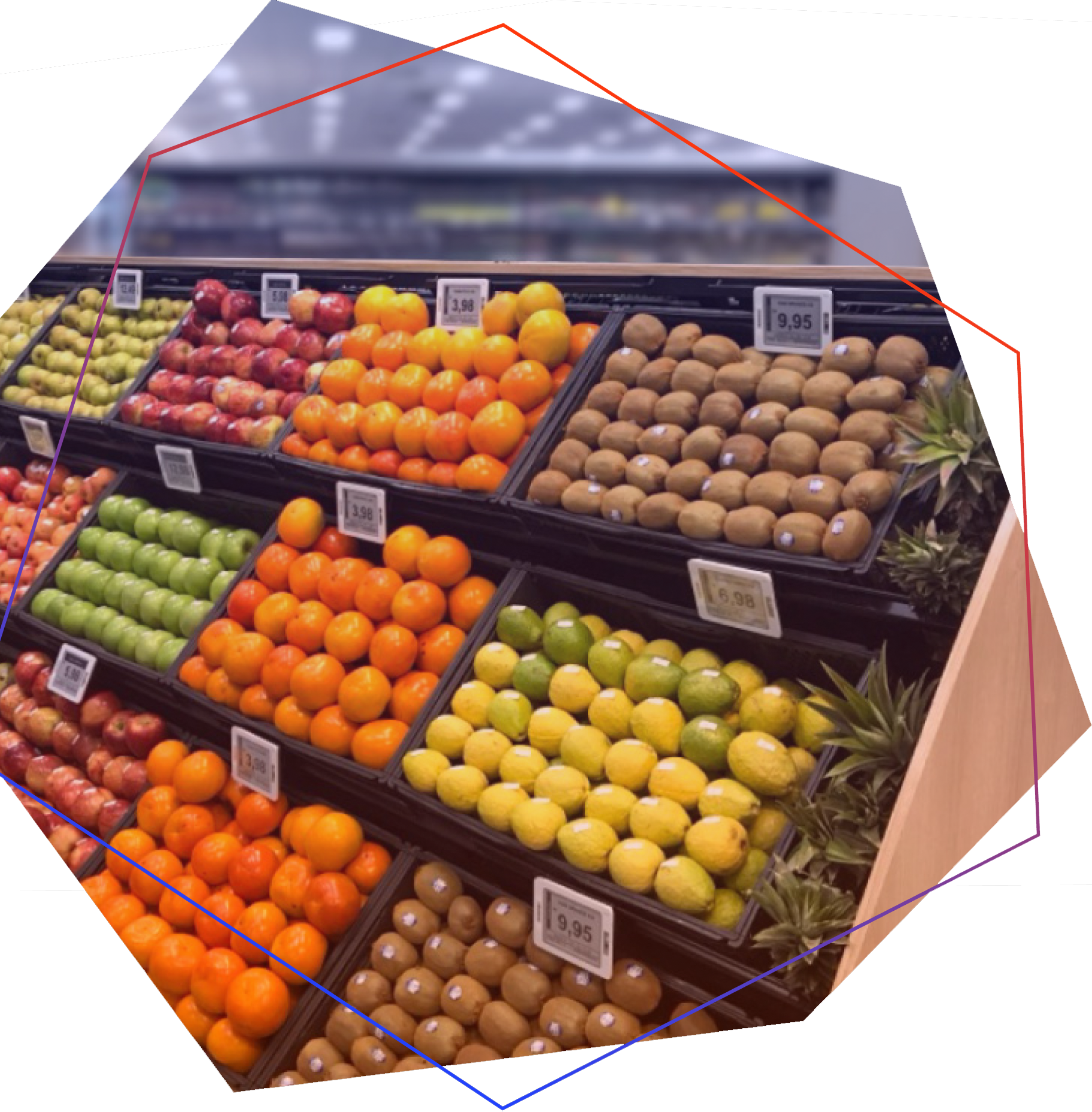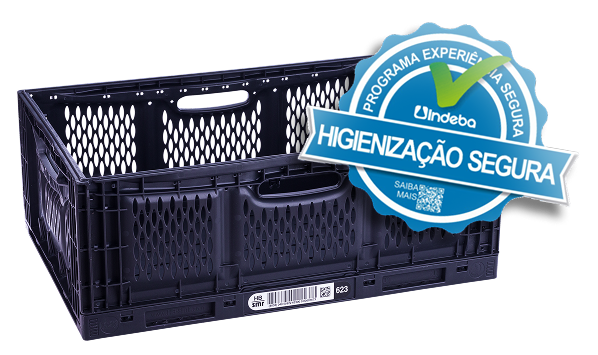

unique identification for each crate
Each HB crate has a unique QR code and barcode, and its tracking is performed upon entry or exit at Distribution Centers (DCs).
We offer solutions in both open and closed loop pooling.
Crates circulate directly between producer, distributor, and point of sale, with no need to return to the origin. This solution allows for scalable volumes, flexible response to demand peaks, and optimized transportation with stackable crates.
Automated process for food safety
Schedules pickup, receives a clean crate, and delivers the packaged product.
Receives the ready-to-sell product, with no need for repackaging and optimized space usage.
Receives fresh products, with fast restocking and direct display in the crate.
Collects used crates, folds them, and sends them for sanitization.
Returnable crates are used in a closed-loop circuit exclusive to each client. They are sent out, serve their role in distribution, and return for sanitization. This model ensures full traceability, high control over the logistics flow, and standardization. More predictability, efficiency, and agility.
Carries out an automated process that ensures food safety.
Crates are delivered directly to the client, always sanitized and ready for use.
More security to meet supply chain demands, ensuring improved control, better planning, and reduced losses and misplacements. HBpooling crates are equipped with unique barcodes and QR codes.


Each HB crate has a unique QR code and barcode, and its tracking is performed upon entry or exit at Distribution Centers (DCs).


Monitor the real-time location of each crate and track the entire journey throughout product distribution.


Cargo traceability provides greater control. Track your product closely, monitor the flow of crate check-ins and check-outs, and access the exact date and time of delivery.
Turn data into intelligence.
Discover the systems that drive efficiency
behind HB boxes.

HBpooling crates follow the products from the distribution center to the point of sale and can be used as display units, ensuring speed and product preservation all the way to the final consumer.
By eliminating the need to unpack and reorganize items into new structures, restocking time is reduced—minimizing the risk of damage from handling, especially during the transport and display of fresh foods.
Our five-step automated sanitization process ensures crates are always clean, safe, and free from contamination. With efficient resource usage, we use only 269 ml of water per crate and recover 140%. We use biodegradable detergents and treat wastewater, delivering a sustainable and reliable process.
check of returned crates and removal of visible residues
two-step cleaning with solutions that remove dirt and stains
application of food-safe bactericidal sanitizer
mechanical drying and final palletizing of crates
final inspection and storage in a dedicated clean crate area

Our process meets the requirements of state sanitary regulations, ensuring that crates circulate between regions with full compliance and logistical agility.
